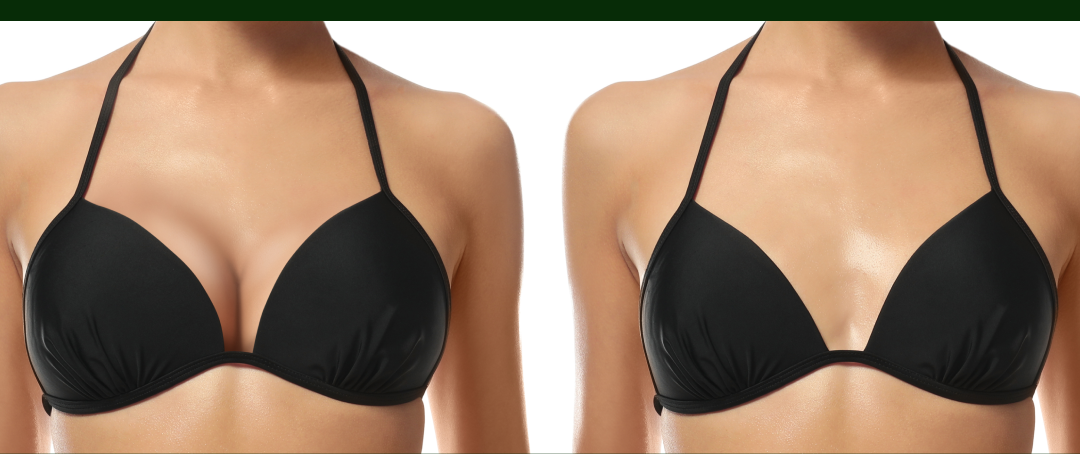Women who suffer from excessively large breasts or back pain often opt for this breast reduction surgery to alleviate their discomfort. Those who have this surgery can regain their confidence, feel more comfortable in clothing, and even improve their lung capacity.
Follow your surgeon’s instructions when preparing for surgery. You will also need to take special measures for your recovery.
Here are some guidelines that can make a big difference in how quickly you heal and recover after surgery:
How to Sit And Sleep
Swelling after surgery is common for patients. In general, it’s caused by excess fluid in the body released during surgery that must then be reabsorbed by the body. Although it will go down every day, you can do some things to minimize your discomfort.
When you are sleeping, keep your chest elevated to ensure proper blood flow. Put pillows under your back to raise your chest while you sleep. Your neck and shoulders will benefit, too.
When sitting for a long time, practice proper posture to prevent discomfort. It is best to sit upright, whether in a recliner or an upright chair.
How to Bathe
For the first few days or weeks after the procedure, avoid getting the incision areas wet by taking sponge baths. Also, get someone to shampoo your hair or visit a hairdresser since you don’t want to lift your hands above your head. Remember to avoid showering after surgery until your surgeon tells you it’s safe.
What Type of Bra to Wear
After the operation, the surgical area will be bandaged and covered in gauze. Once these are removed, wear wireless sports bras because they provide support and comfort.
For the first few weeks, you will want to wear the bra all the time so that your breasts are properly supported. Even when you go to bed, your breasts must be correctly supported.
Don’t wear underwire bras even though they offer more support than wire-free bras. Surgeons recommend switching to wire-free bras after breast reduction surgery because underwires can irritate the skin.
How to Manage Pain
Postoperative pain is minimal, but you can use medications to alleviate any discomfort. Your surgeon can also prescribe a stronger prescription pain-reliever if the over-the-counter medication does not relieve the pain.
What to Eat And Drink
Healing and recovery take place during the post-surgery period, so following a complicated diet is not a good idea, nor are junk foods.
Changing your diet is one of the easiest ways to speed up your recovery. Maintaining a clean diet of whole foods with a low sodium intake will boost your energy and keep you healthy.
You should also drink plenty of water to prevent dehydration and control swelling.
When to Exercise
Avoid exercising a few days after your surgery because it will delay your recovery. Keep your physical activity levels low during the first week following surgery to prevent complications and pain. You can resume your workouts after about two weeks,
Contact Us to Schedule a Consultation
Dr. Norman Rowe, MD is a board-certified plastic surgeon in the Upper East Side of New York City. Before making a recommendation, he carefully reviews a patient’s medical history and listens to their concerns.
Contact Rowe Plastic Surgery to schedule your free consultation by filling out the form or by calling 732.876.9368. Our office is located at 333 Broad Street, Red Bank, NJ 07701.
Posted in: Body, Latest News

